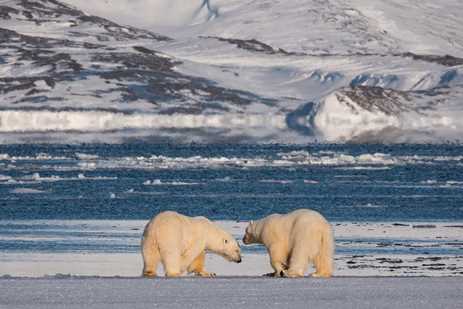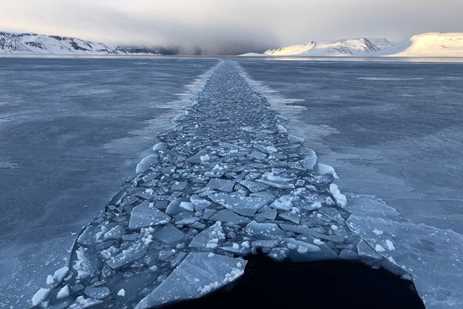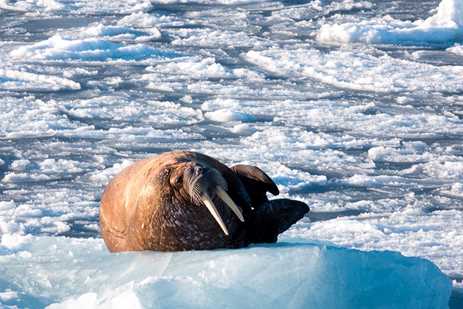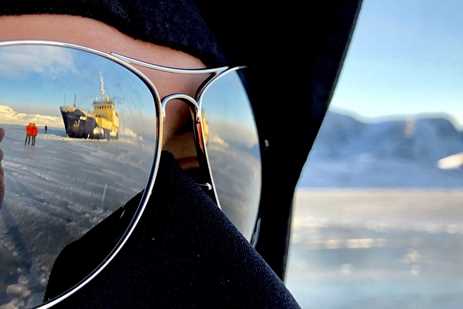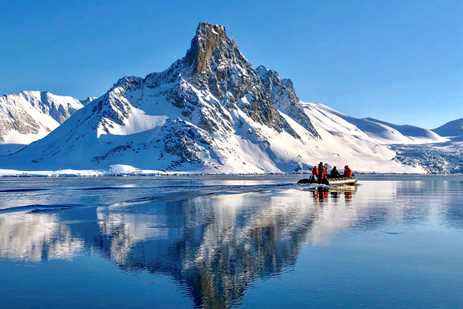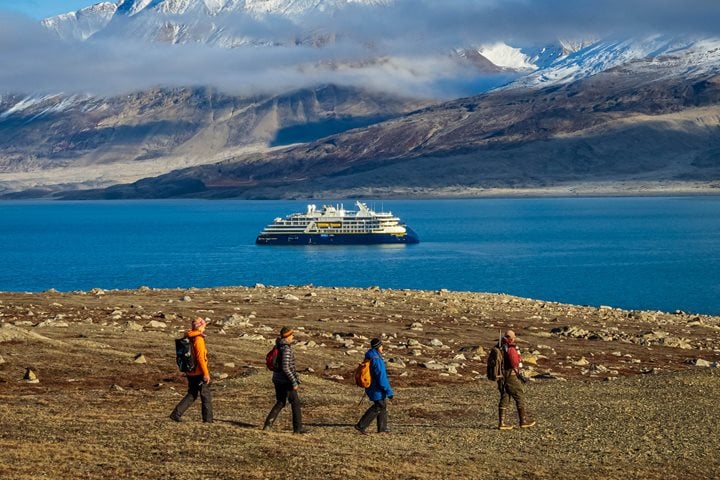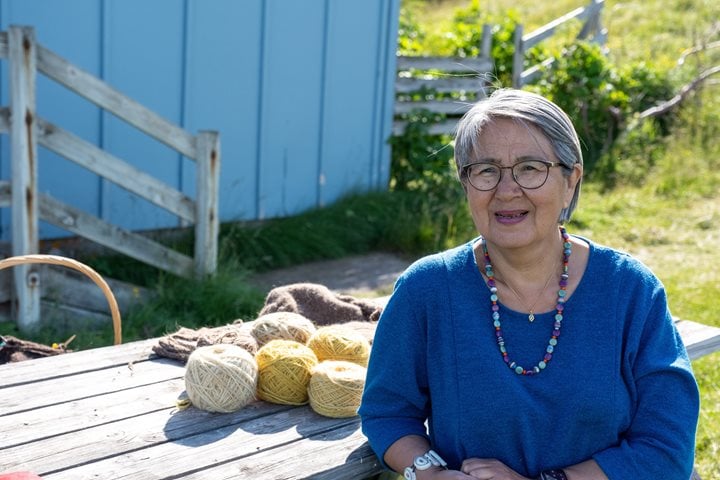Founder Sven Lindblad has been to the Norwegian Arctic countless times, but he never had a more magical experience than when he traveled there in March of 2018. Here, he shares details of his reconnaissance trip along with some of his compelling photography. Travel with Sven aboard the April 18, 2022 departure of our new itinerary, Svalbard in Spring.
Get Inspired By Photos, Videos, Webinars, Stories, And Exclusive Offers.
Sign Up
I first visited Svalbard in July 1973 on my father’s ship, the Lindblad Explorer. An earlier visit was deemed impossible because the sea ice would not have broken up sufficiently to allow our ship, a 1A Ice Class vessel, to navigate safely and provide guests with access to this Arctic Archipelago.
Now, 45 years later, the Arctic presents a very different navigational challenge: where, and when, can sea ice still be found? Oddly, we can often find more wildlife now than we could back then, which is of course, rewarding for our guests but is a result of diminishing habitat for these majestic animals. Like a waterhole in Africa during a drought where animals are concentrated to the limited water supply, so are the bears and seals due to more limited ice. So, I decided to explore Svalbard aboard a chartered Swedish icebreaker in March of 2018, a full two months earlier than any of us had ever ventured this far north.
All photos taken by Sven Lindblad.
On the second day of the expedition, we reached 80° North latitude, just 600 miles from the North Pole on Svalbard’s northwest corner. Our ambition was to round Spitsbergen Island, often challenging even in the early summer. Our plan was stymied, though, but not from ice. The local authorities restricted travel further east at this time of year over concerns about search and rescue if something went wrong. Although disappointed we couldn’t progress beyond, it wasn’t really an issue as there was so much to explore within acceptable limits.






